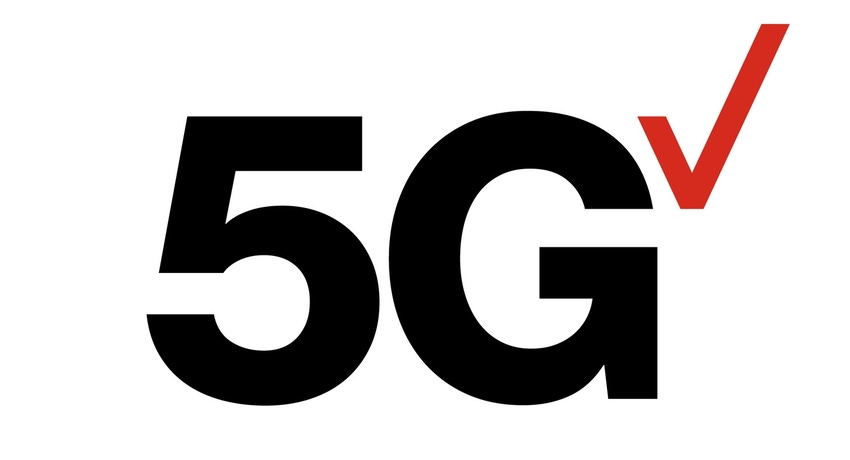Verizon on track with C-band rollout but launch could be further delayed
Verizon is upbeat about its progress in rolling out 5G, but the US aviation industry could still derail its – and its rivals' – plans.
December 10, 2021

Verizon is upbeat about its progress in rolling out 5G, but the US aviation industry could still derail its – and its rivals’ – plans.
The US telco’s headline announcement is that it has exceeded its year-end target of rolling out 14,000 new 5G Ultra Wideband cells sites, and that as a result 5G UWB data usage has increased by 750% over the past 12 months as a result.
“This year our team has nearly doubled its 5G deployment versus the past two years and exceeded the aggressive targets we set at the beginning of the year, even in the face of global supply chain issues, and we’re not stopping,” said Verizon CTO Kyle Malady. He’s referring to the telco’s 5G mmWave rollout there, of course. But while the figures are moderately interesting, all eyes are really on its ongoing C-band deployment, which is not running as smoothly as it might have.
“We are on track to deliver our 5G Ultra Wideband service using C-Band spectrum to more than 100 million people in the first quarter of 2022,” Maladay said, reminding us again of the rollout target Verizon set earlier this year.
But while the deployment itself may well be on track – and Verizon has been busy installing kit, brokering towers deals, and carrying out testing – there is still a major hurdle to be overcome, which seems to be growing in magnitude.
Earlier this week the Aerospace Industries Association (AIA) and a group of organisations representing aerospace manufacturers, airlines, pilots, and operators issued a statement calling for a further delay in the launch of 5G services based on C-band spectrum.
Just to recap, late last month Verizon and AT&T voluntarily offered to lower power levels at their C-band sites by a small amount (and by a slightly larger amount at sites near airports) to help allay concerns about interference with the performance of radio altimeters used in aviation that share the same frequencies. The pair had already agreed to delay the launch of services using C-band spectrum by one month from their initial 5 December launch date to allow more time for discussions with the Federal Aviation Administration (FAA) regarding their ability to safely co-exist in the spectrum.
It was pretty clear from the tone of their joint statement that the telcos weren’t happy about the situation; they believe there is no cause for concern when it comes to coexisting with the aviation industry and have produced various figures and real-world examples to back up their case. But, even with the concessions, the aviation industry isn’t happy either.
“Last month, AT&T and Verizon proposed to modestly reduce their 5G power levels in C-band at an undefined number of airports for six months. While appreciated, the mitigations proposed by AT&T and Verizon are inadequate and far too narrow to ensure the safety and economic vitality of the aviation industry and the millions of people travelling by air each year,” the AIA’s statement reads.
The statement came after the FAA issued airworthiness directives (ADs) related to the deployment of 5G technologies in the C-band. The AIA said it is still evaluating the ADs. Further, it and its associates have issued a counter-proposal to the FCC calling for additional safeguards that it says will minimise the impact on both the aviation and telecoms industries.
“With the current launch date of January 5, and the ADs just being released, it is clear we need to get this balance right,” the AIA said. “We strongly urge for a further delay in 5G deployment for the data sharing and consultations necessary to create a win-win situation for both industries. The aviation industry has brought forward sensible mitigation strategies that should have the appropriate time to be considered and implemented.”
We don’t yet know whether it will get the extra time it is asking for, but it’s a safe bet that the telcos won’t be too happy about the idea, particularly Verizon, which spent almost US$53 billion including clearance costs on C-band frequencies it is understandably keen to use.
Get the latest news straight to your inbox. Register for the newsletter now
About the Author(s)
You May Also Like








.png?width=300&auto=webp&quality=80&disable=upscale)


_1.jpg?width=300&auto=webp&quality=80&disable=upscale)


.png?width=800&auto=webp&quality=80&disable=upscale)